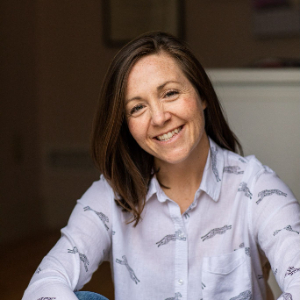
Compassion In Action
Kind Mind is built on a framework and understanding of compassion cultivation as the core of social-emotional learning, health, and well-being. When we take time to exercise the muscle of compassion in meaningful ways, so much healing happens. Compassion brings us back to the fundamentals of what it is to be human and teaches us how to recognize and tune into our emotional experiences and needs. This week’s blog is all about one way you can cultivate compassion within your family and classroom. As a bonus, we are gifting a free toolkit to help!
Compassion In Action
I spent 15 months in the first-ever Applied Compassion Training with Standford University’s CCARE. We dove deep into the principles of compassion and I became more emotionally stable and healthy, resilient, and self-aware. I use these teachings in everything that I do with schools, teachers, students, and families because my mission is to cultivate and nurture seeds of compassion one person at a time. I believe from the bottom of my heart that this is the way towards healing our world from the inside out. And there is growing research to back my vision.
One of the main things I learned is that the action part of compassion is often simply being present and listening to someone who needs to feel heard. Listening deeply is a skill that we need to build. We are mostly taught how to defend ourselves so we don’t get into trouble as kids. We learn to fight to feel heard. All of these things condition us away from empathy and listening with presence.
This week I want to share one piece of my Resilience Toolkit with you, to help nurture compassionate communication and the skill of listening in your classroom and at home.
>> YES! I want my FREE Listening Toolkit <<
Benefits: When we nurture healthy and compassionate communication through conflict and disagreement. We build resilience.


